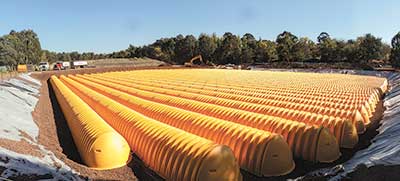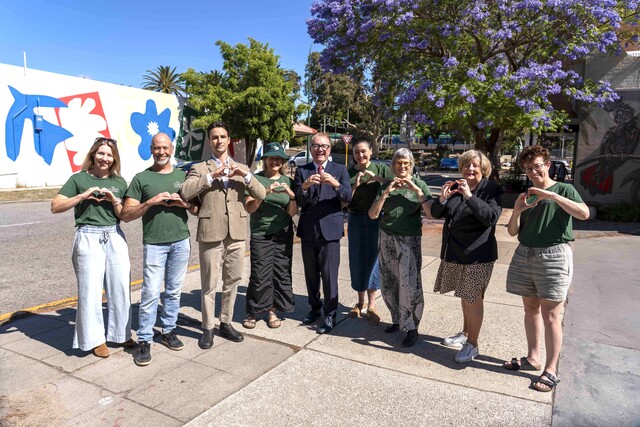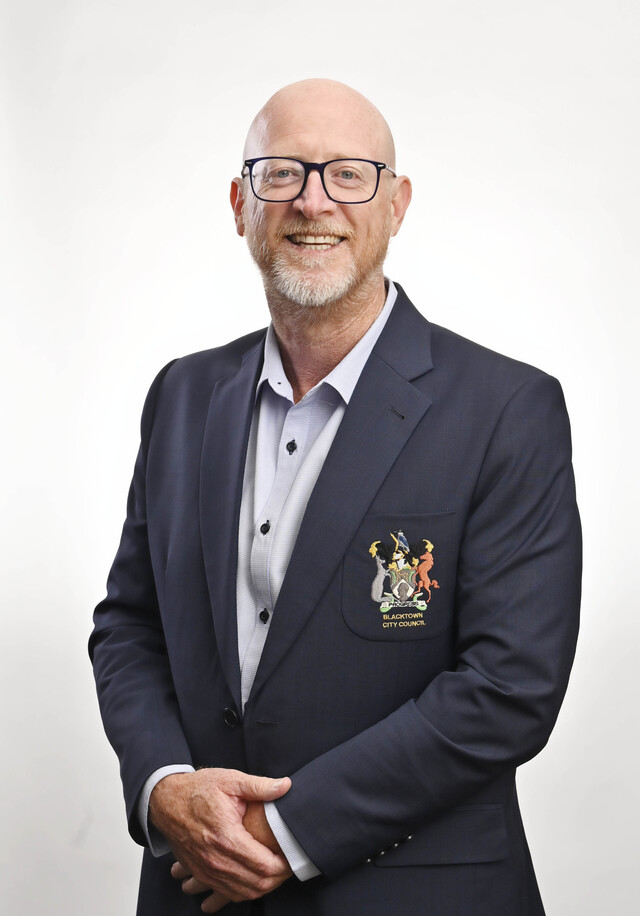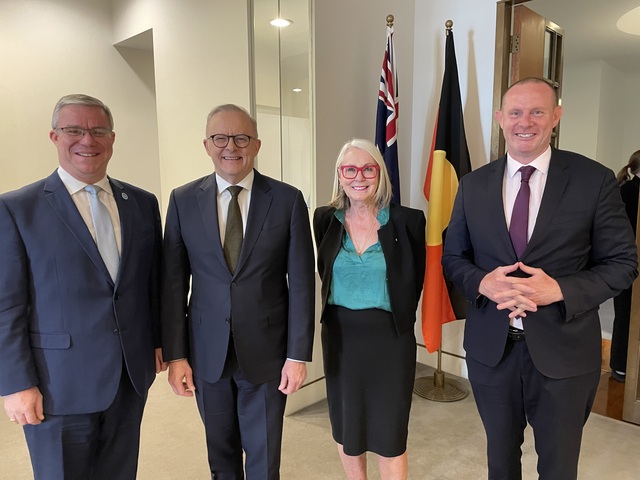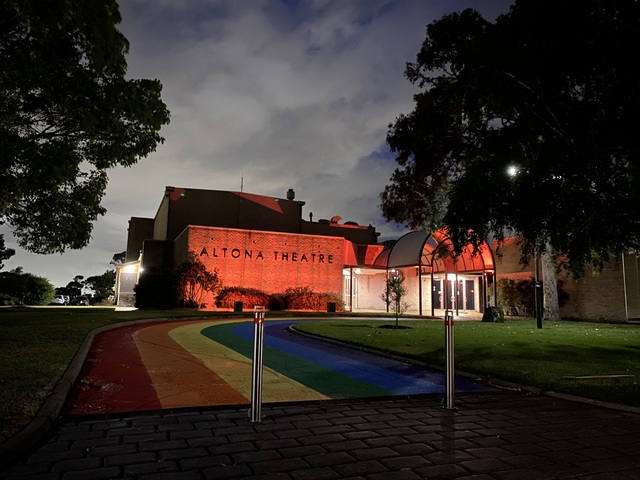Stormwater harvesting is proving far more than a storm in a teacup as it delivers multiple benefits to Banyule Council, residents and the environment.
The $6 million Stormwater Harvesting Project, one of Melbourne’s largest, was finished last year and is already winning awards for excellence, the latest being an Excellence in Infrastructure Award at September’s Stormwater Victoria 2014 Awards.
Innovative on a number of fronts, the project also saw the cost to Council and residents mitigated by a strong funding partnership between Council, the Australian Government, through its National Urban Water and Desalination Plan, the Victorian Government through its Stormwater and Urban Recycling Fund, and Melbourne Water through its Living Rivers Stormwater Program.
Sport, recreation and open space irrigation accounts for Banyule’s biggest use of mains water.
With its genesis in Australia’s worst drought, the project was designed to help future-proof recreational areas, such as the sporting fields that became unplayable during the drought.
Using stored stormwater for irrigation not only saves precious drinking water, but brings significant savings of approximately $350,000 per year.
Council is no longer solely dependent on buying water to irrigate sporting grounds and parks in the immediate area of the three project sites.
The sites chosen, at Kalparrin Gardens, Greensborough, Chelsworth Park, Ivanhoe, and DeWinton Park, Rosanna, are located in Banyule’s north, south and centre respectively.
Together, they are expected to provide up to 138 million litres of stormwater per year to irrigate over 30 hectares of sports fields and open space.
Water collection and storage was purpose designed and built at each site to reflect the unique characteristics of each; under a sports field, a lake and a car park.
Underground storage meant little open space was lost.
Over 9,000 square metres of land was excavated for the underground storages, with more than 200 tonnes of excavators and other machinery used to finish the work.
The other benefit flowing from the project’s design, was cleaner water entering Banyule’s waterways with a mix of litter traps, sedimentation basins, wetlands, sand filters and rain gardens predicted to remove 70 tonnes of litter, 180 tonnes of sediment, one tonne of nitrogen and 250 kilograms of phosphorous annually, which would otherwise have fouled waterways, including the Yarra river.
The Kalparrin Gardens site involved the construction of a double decker wetland, which last year won the Excellence in Integrated Stormwater Design award from Stormwater Victoria.
The wetlands are proving popular with birdlife and residents enjoying a rejuvenated recreational area.
During construction, Council held over 23 education events/tours promoting the benefits of stormwater harvesting to local schools, sporting clubs and community groups, as well as local government and the wider water industry.
This went as far as a water bug identification session, which was held in Spanish with students at the local Living and Learning Centre.
Our engagement with the community is continuing now that the project is up and running, giving us new opportunities to evaluate and celebrate the performance of the project.

